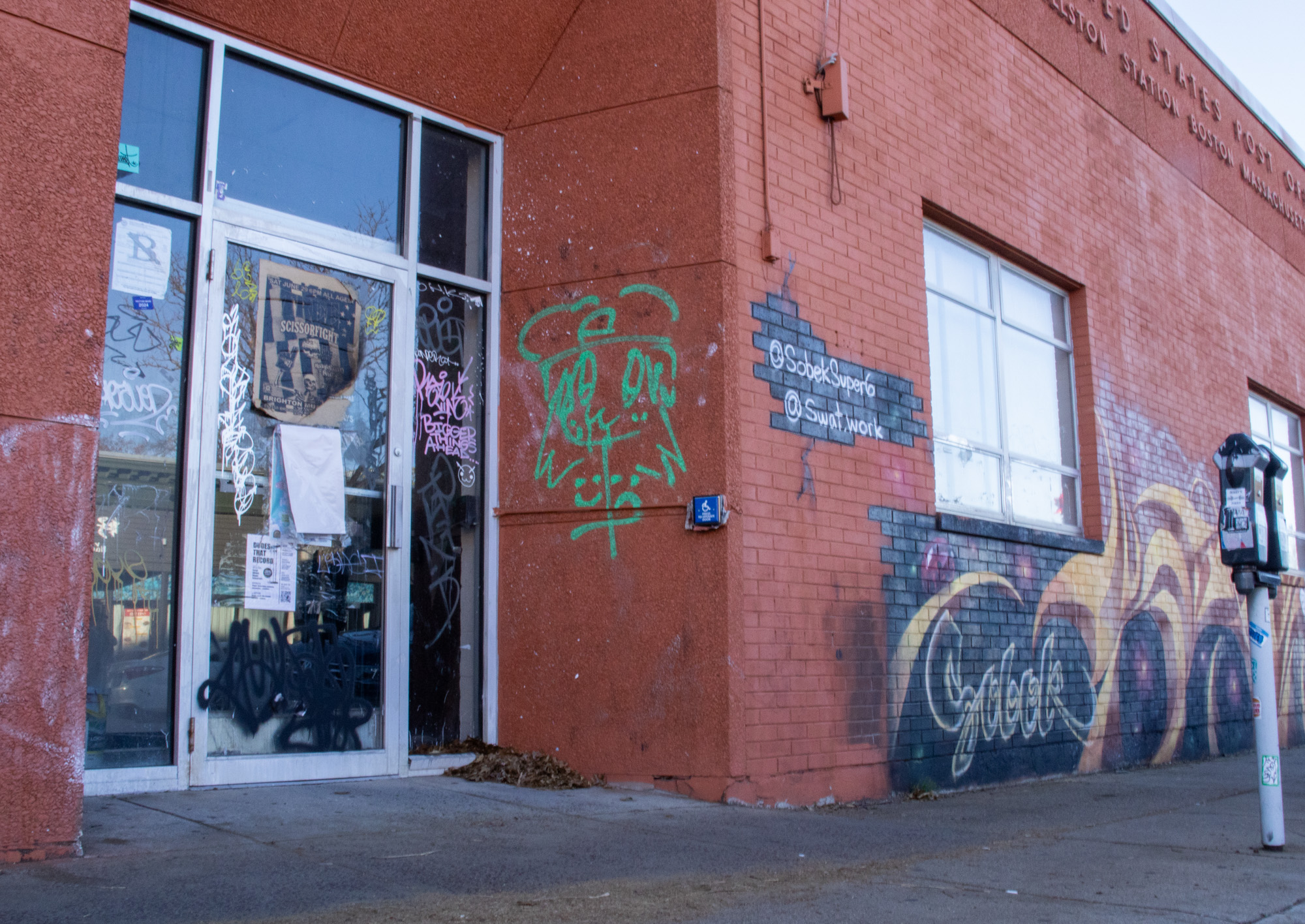Boston’s neighborhoods may soon see less vacant storefronts with a proposal for a new vacancy tax for empty storefronts in an effort to revitalize neighborhoods.
In a hearing on Nov. 15, the City Council proposed a potential tax for landlords holding empty storefronts for a prolonged period of time as a way to fill empty storefronts.
Alex Cornacchini, executive director of Allston Village Main Streets, an organization assisting businesses in Allston, said he thinks a vacancy tax would be beneficial.
“I think people see vacant storefronts and they’re like, ‘This neighborhood is not as vibrant as it used to be,’ even though there’s some businesses closed and open all the time,” Cornacchini said. “[In] a healthy neighborhood, they have businesses that are looking for space in that neighborhood.”

Cornacchini said the potential for empty storefronts to be filled in areas of Allston, such as near Harvard Avenue, would be “a boon” for the neighborhood’s businesses by increasing foot traffic.
Toni Fanning, owner of Ritual Arts, located on Harvard Avenue, said the tax “would make landlords more inclined to fill empty spots.”
“It does hurt other businesses when there are empty spots,” Fanning said. “If there’s nothing to come to in a neighborhood, then the few stores that are still there don’t make any [money]. They start to lose money as a result.”
Cornacchini said a main problem with vacant storefronts is the “terrible relationship” commercial landlords have with the community.
Councilor Tania Fernandes Anderson, who represents Roxbury, Dorchester, Fenway and some parts of the South End, said part of the filing’s intent is to look at “blight properties in Boston to mitigate the harm of having empty commercial spaces.”
However, Anderson said the city should explore other alternatives to the vacancy tax for certain neighborhoods.
“Especially in Roxbury, where there are some storefronts and blight properties, I believe that we should probably consider other alternatives to incentivize commercial owners,” Anderson said.
Community members, including business owners and artists, participated in a survey of how to improve the neighborhood’s layout, finding that many “are interested in seeing dynamic business corridors,” Anderson said.
Community members were also looking for spaces that could better serve their needs, such as using spaces for child care or a pharmacy, according to Anderson.
“By adjusting the zoning regulations, you can allow for mixed use development, or … adaptive use of buildings,” Anderson said.
In the meantime, AVMS has been working to revitalize the neighborhood on a local level, Cornacchini said.
“We’ve done a number of window installations in these storefronts filled with photographs of people and places in the neighborhood to create kind of an outdoor art gallery for people walking by,” Cornacchini said. “It’s not just a vacant storefront with nothing in the windows except graffiti and trash accumulating.”
Fanning said that at a certain point, landlords “have to get a grip.”
“The rest of us just get to watch the neighborhood go downhill,” Fanning said. “If we’re going to have rules that apply to people like me, then there should be rules that apply to the people with the money.”




















































































































Sally • Nov 21, 2024 at 3:29 pm
This is America an owner has a right not to rent out their property. How about we offer a tax break to property owners with occupied storefronts?